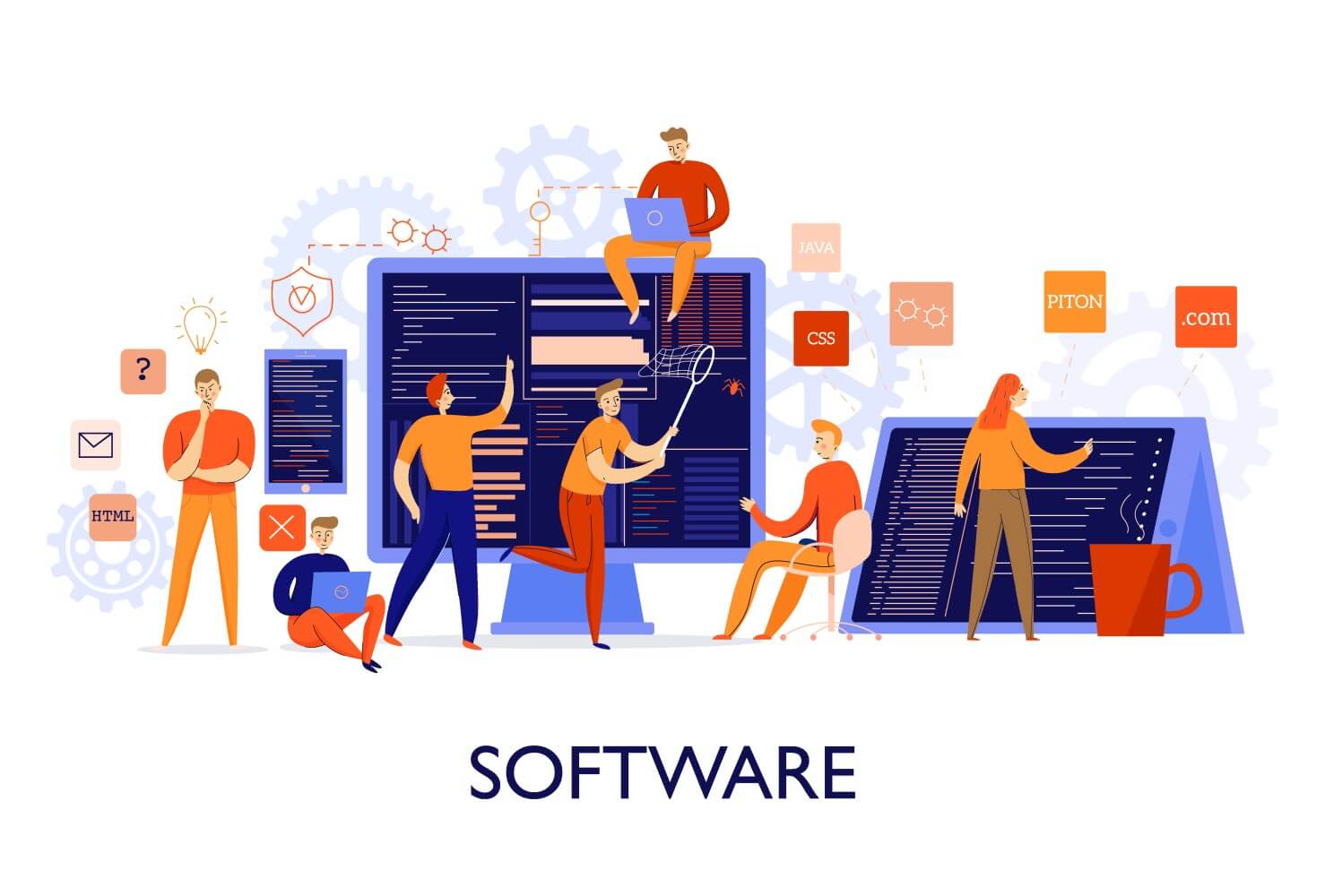5 Basic SDLC Models To Use On Your Next Development Project
5 Basic SDLC Models To Use On Your Next Development Project –
There are several common, popular, and reliable SDLC models to use on software development projects. Over the years, the variety of software development life cycle (SDLC) models has expanded significantly. Of course, different SDLC models may need to be used depending on product type, release requirements, or distribution goals. After all, these models define processes, limit risks, and facilitate problem solving.
As a software engineer, you should know about all the different models, approaches, and methodologies that are being used throughout the industry. This way, you can simplify business software maintenance, development, and distribution procedures.
Also Read – Why is Software Maintenance Important For Businesses?
Read on to learn about 5 basic SDLC models to use on your next development project –
1. Spiral Programming –
One of the most flexible models, spiral programming is a popular SDLC methodology used for software development projects. Using spiral, projects pass through multiple phases like planning, risk analysis, system engineering, and evaluation. This happens repetitively until a figurative, repetitive spiral is formed. Of course, this strategic approach enables more opportunities for refinement and product improvement. Due to its nature, the spiral model often works best on larger, more complex programming projects. This allows you to develop a highly-customized software product and involve stakeholder feedback early on. Certainly, think about spiral programming to as a flexible, risk-minimizing SDLC model for your next software development project.
2. DevOps Engineering Approach –
In addition, DevOps software development is an innovative SDLC model that has gained some serious traction in recent years. This innovative methodology combines the effort of your development and operations teams. Of course, this cross-departmental collaboration is known to promote speed, security, and efficiency throughout the SDLC. Using DevOps, you can leverage a wide-range of programming tools and technologies.
For example, many DevOps programmers use a Helm repository by JFrog for privacy, access control, and high availability. Plus, these solutions offer massively scalable storage for all your enterprise-level integrations and operations. With this functionality, you’ll be able to standardize configuration templates, optimize testing, and accelerate programming speed. Surely, DevOps software development is one of the most fundamental SDLC models to use on your upcoming project.
3. V-Shaped Model –
Next, V-Shaped SDLC models are another widely-used methodology for custom software development projects. In short, this innovative model is referred to as an extended waterfall, whereas verification and validation phases work in parallel. This allows the testing stage to correspond with other crucial phases of development. Similar to other frameworks, like waterfall, this model follows a strict, detail-oriented plan.
Generally, this means you cannot move on to the next stage until the previous is completed. According to this methodology, software testing is conducted at a hierarchical-level, with a specific set of deliverables. This way, errors can be easily detected early-on, before a major release. Definitely, software development teams projects often utilize the V-Shaped SLDC model to complete projects.
4. Lean Methodology –
Also, the lean methodology is another popular model used by custom software development teams. Agile and lean practices are closely related, as they both prioritize delivery speeds and continuous improving. Of course, the lean methodology is based on the best practices from the manufacturing industry, where wasted time and effort is a major organizational risk.
When it comes to building software projects, this SDLC framework prioritizes on minimizing waste in nearly every project phase. This includes planning, scheduling, costs, and scope. This approach is most effective for organizations with strict requirements, pending deadlines, or tight development goals. For sure, the lean methodology is one of the best SDLC models to refine processes and improve speed throughout software development projects.
5. Iterative Strategies –
Many developers use the iterative SDLC model as an alternative to waterfall. This approach follows similar steps to waterfall, but through repetitive, cyclical cycles known has iterations. The initial stage is planning, while final phases focus on deployment, with steps in between for planning, creating, testing, and integrating.
Due to its cyclical, task-based nature, this approach is also referred to as an incremental process. This is because systems developed with this approach are built in small pieces, or chunks, in each iteration. This allows software developers to identify, locate, and fix errors early on in the process. Using this approach, you can guarantee high-quality and effective final software programs.
There are so many widely used SDLC models to think about on your next software development project. First, spiral programming uses repetitive phases to ensure projects are built properly. In addition, the DevOps framework promotes speed, security, and collaboration throughout the SDLC. You may also want to think about using V-shaped models on your upcoming release.
Next, think about lean methodologies, which focus on reducing excessive risk. This is also a great option if you think your developers are moving too slowly. Of course, iterative strategies help you find and fix potential errors early on in the process. Read the points above to learn the best SDLC models to use on software development projects.
Also Read – What are Top 10 Benefits of CRM Software Implementation?





